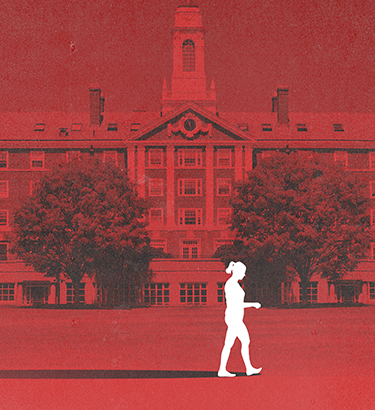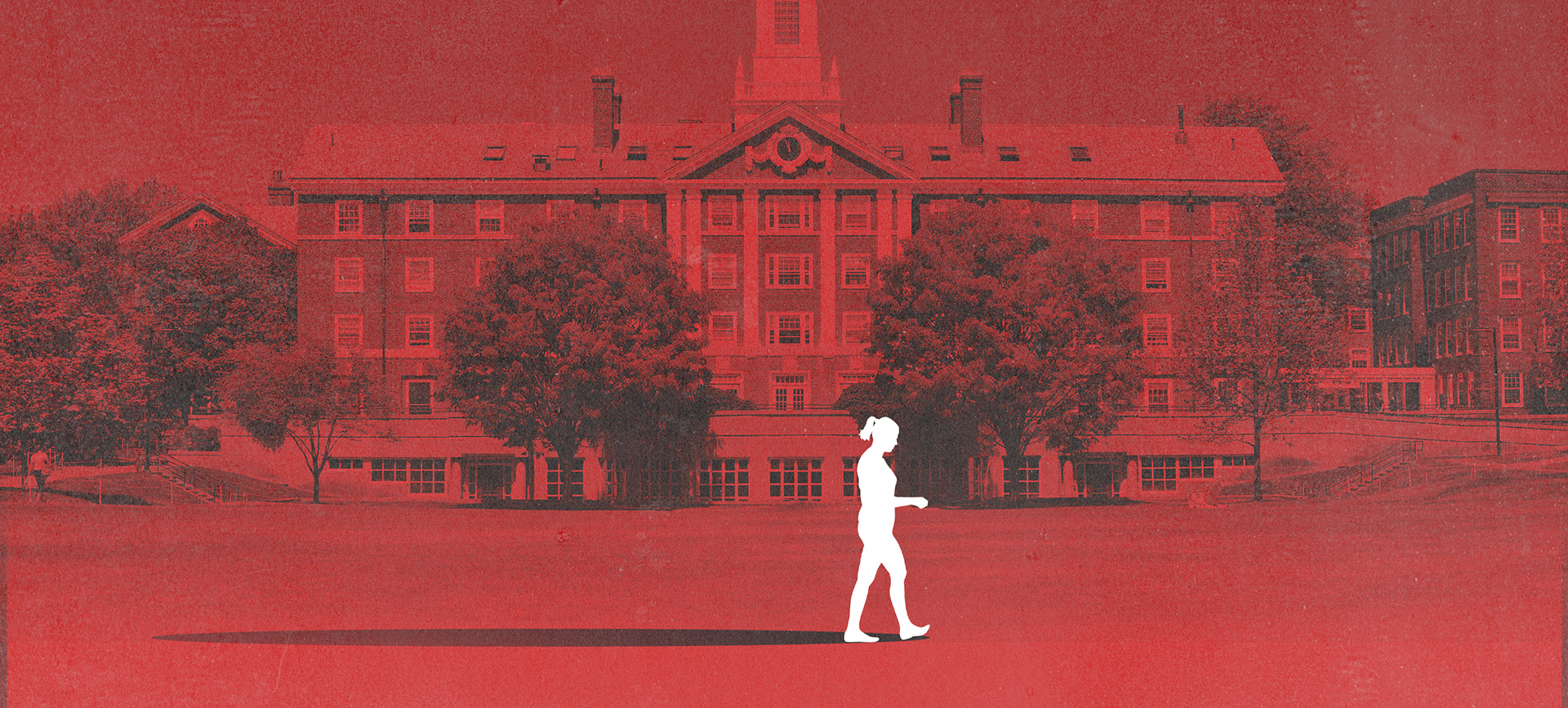Conversations around campus sexual assault happen every year, highlighting evolving federal guidance for campuses, victims' rights, due process for perpetrators and changing students' drinking and hookup culture.
However, there's more to learn, and even more to implement, to create genuine change.










